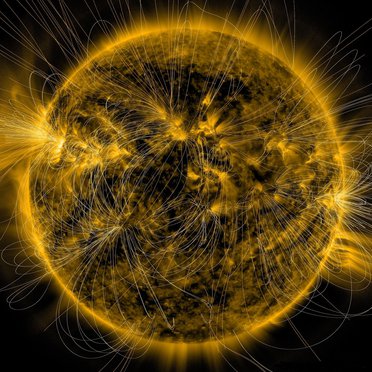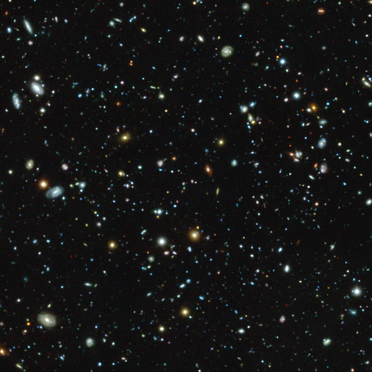Have you heard?
The Leibniz Institute for Astrophysics Potsdam (AIP) has suspended communication
on its X account (formerly Twitter). The decision reflects concerns about the
current direction of the platform, which is seen as inconsistent with our values
like openness, scientific integrity, transparency and democratic discourse.
AIP will continue to share news via its website and other social media platforms,
such as Mastodon and Bluesky.
Public Event
Scientific
Internal Event
Holidays









